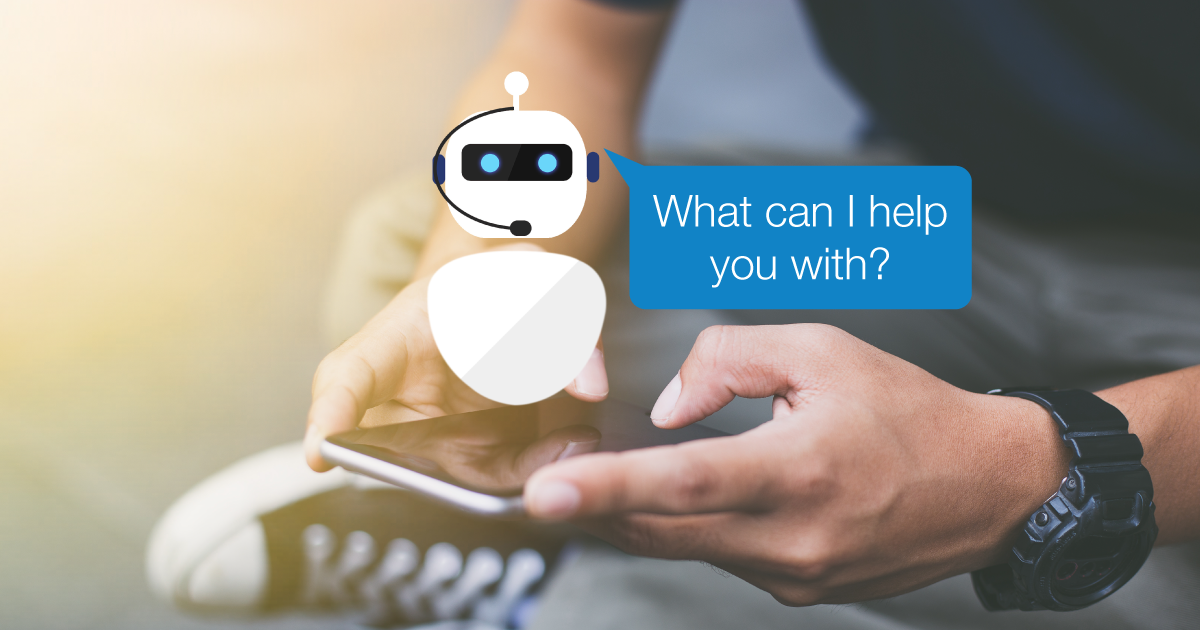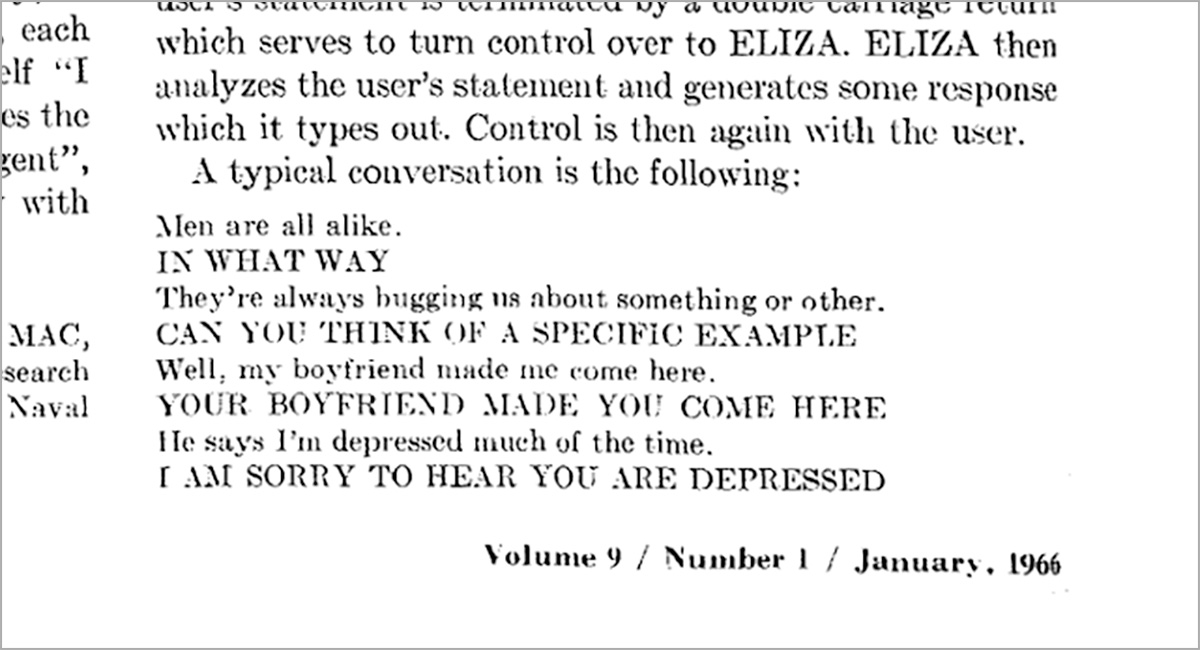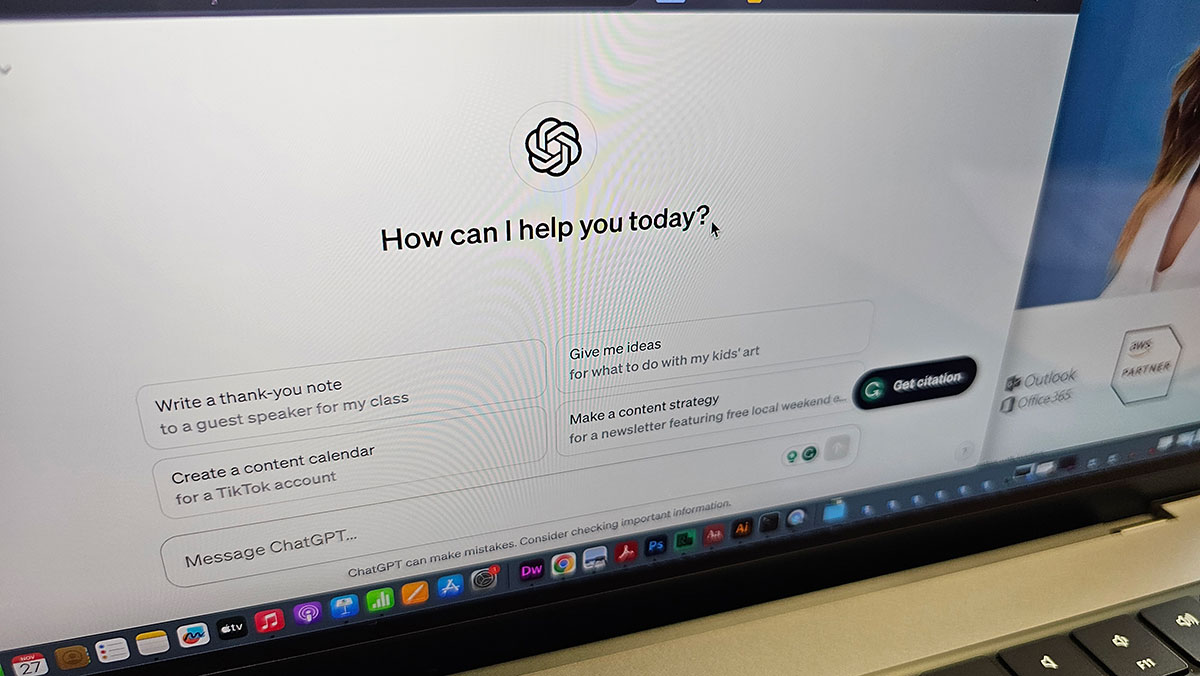
Delivering a good customer experience across industries traditionally required humans to pick up phones and answer questions. However, there are a range of tools that allow businesses from every industry to deliver concise, targeted answers to customer queries, and when done right, they can be very useful. The solution? A text chatbot.
Focusing on retail alone, approximately 62% of customers shopping online prefer to use a text chatbot if it means they get the answer quickly and effectively, and 88% of customers have used a chatbot within the last year. The reason is simple: they are quick, convenient and readily available.
What Is a Text Chatbot?
Simply put, a text chatbot is a tool where you can write a question, and it will spit out an answer. The quality of the answer depends heavily on the quality of programming and the type of chatbot in use.
The first text chatbot was called ELIZA, when MIT professor Joseph Weizenbaum created a bot for psychotherapy. It felt real enough to many that they believed they were talking to a human. Of course, this was 1966, and the text chatbot could easily be fooled by non-standard questions or statements that were outside its limited programming.

Chatbots became more ubiquitous in the early 2000s, when Web 2.0 showed how organizations could start moving customer queries online. Helpdesk chatbots, in particular, became a shortcut to answering common queries. However, none of them gave the impression of being human — their role was purely informational.
Over the years, they have become more intelligent, capable of delivering complex answers. Helpdesk chatbots are now capable of using AI technology to deliver much more varied answers. There are some caveats, however. AI is capable of delivering incorrect answers to more complex queries, which is what makes them so dangerous for law and healthcare. In the United States, for example, ChatGPT made up legal cases when a lawyer relied on it to help with a court filing. And many AI chatbot systems rely on GPT4, the technology behind ChatGPT.
Technology Behind Chatbots
Chatbot solutions can employ a huge range of technologies, from simple rules that are clearly defined by the developer to complex natural language processing and natural language understanding systems. They can also use AI to deliver more customized solutions, which is what our x-bees solution does.
On a super-basic level, all of them work in roughly the same way, however. You get:
User input → Analysis → Interpretation → Reply
It’s how the analysis is done and the interpretation of that analysis that significantly changes between the different types of chatbot. So let’s look at the different types of chatbot solutions.
Types of Chatbot
There are six key types of chatbot:
- Menu/button-based
- Rule-based (or linguistic)
- Keyword
- Machine learning/AI
- Hybrid
- Voice
Menu-based: Most text chatbots are very simple and are very similar to the automated phone menus that we use daily. They are ideal for simple queries, as they require relatively little programming. They can’t handle more complex scenarios, and they often struggle with more nuanced problems.
Rule-based: These use if-then rules to create conversational automation flows. It’s a little more complex than a menu-based chatbot, but this form of chatbot automation does require a good understanding of what your customers are likely to ask and how they are likely to ask it. These are complex to develop, but they can be useful as lead generation chatbots.
Keyword: Simply put, a keyword-based chatbot generally takes core keywords and tries to work out what the person is asking. There is normally some sort of natural language processing, usually powered by machine learning or AI. However, they do struggle with context. If your customers are likely to ask similar questions that could have very different outcomes, a keyword-based chatbot is unlikely to be helpful.
AI-based chatbots: These can use machine learning or AI to remember and predict conversations. The more they are trained, the more likely they are to deliver accurate answers. However, AI is still a technology under development, and there is always a risk of inaccuracies. Yet these text chatbots tend to be much more effective than many of their counterparts.
Hybrid: A hybrid model typically combines a menu-based chatbot with some sort of AI and machine learning. This form of chatbot automation reduces cost and can help the AI be more specific.
Voice chatbots: Although these types of chatbot are not strictly text chat bots, they are still heavily in use. Alexa, Siri and Google are all forms of voice chatbot, and they are rapidly growing in popularity. They are sometimes called virtual chat assistants, or VCA. However, they struggle with strong accents, and sometimes they find it frustratingly difficult to recognize simple queries.
Using a Text Chatbot for Customer Satisfaction
One of the core arguments for chatbot solutions, however, is that they increase customer satisfaction. The fact that businesses are willing to spend around $83.4 million collectively on chatbots alone, as of 2021, and that Gartner believes that they will become the primary customer service channel for around 25% of organizations by 2027, suggests that businesses believe this.
It’s easy to see why: Chatbots are convenient and rely on no additional human input once they have been set up. They allow for instant responses, and the value of bandwidth is so low that it’s negligible — so the cost of running it per query is almost nothing.
From a customer perspective, a good chatbot helpdesk system can get them the answers they need in seconds. If it responds to natural language queries effectively, customers can ask almost any relevant question and get a suitable response at any time of the day in almost any language. A voice or text chatbot can also take data from a CRM and personalize the experience, as well. Essentially, the convenience aspect boils down to this:
- Immediate 24/7 responses
- No human interaction needed
- Personalized experience
- Wide range of language options
This applies as equally to retail as it does to a helpdesk chatbot for a tech company.

Implementing Chatbot Automation For Enhanced Customer Experience
Implementing a text chatbot into a website is often fairly straightforward. However, to be effective — whether you want a lead generation chatbot or one that functions as helpdesk support, it needs to have certain features:
- Integration with your website
- Integration with your CRM
- Integration with your phone system
- Customization
Integration with your website
Any text chatbot needs to work with whatever tools you use to reach out to customers. The vast majority do, otherwise they would be a bit pointless. Integrations should be painless, and ideally you would have a flexible API that enables easy programming and rapid results.
Integration with your CRM
More importantly, you need to be able to track how customers are interacting with you. If your text chatbot isn’t fully integrated into your CRM, it can’t pull data on the customer. This means it may struggle to answer basic queries because it doesn’t have the full context of the customer’s information. In addition, each interaction should be logged so that any future interactions have the full context of what the chatbot has said and what the customer has done. This is especially important for AI chatbots.
Integration with your phone system
Integrating your text chatbot with your phone system, especially through our WebRTC Kite solution, enables you to provide immediate communication with a helpdesk if the helpdesk chatbot is not enough. This is valuable because it can turn a frustrated customer who is unable to get a query result into a satisfied one. In addition, it allows a lead generation chatbot to escalate to a sales representative, for example, if they are interested in a system that typically has long sales cycles involving multiple decision-makers.
Customization
Finally, customization is crucial. The ability of a text chatbot to deliver accurate and relevant content to the customer is key to its effectiveness. Otherwise, you have a tool that is not fit for purpose.
AI, of course, makes this much easier in many ways, but it also provides additional risks. As has been discovered by some organizations, improperly configured AI chatbot solutions can provide false answers, damaging your reputation.
The Future of Text Chatbots
Overall, the future of text chatbots is clear: they are here to stay. Voice chatbots may be implemented into more websites over the next few years, but they are still in their infancy in many ways due to the impracticality of training and the essential limitations of voice recognition.
So where the future of chatbot automation solutions lies is in the gradual integration of AI. However, companies need to be wary. Not all AI is the same, and any solution must ensure it produces accurate and reliable answers on par with or better than human operatives. In addition, if AI fails, companies must continue to provide human representatives to take over where necessary. Live monitoring of AI chats will become valuable for sales organizations, in particular, ensuring that a human can take over in the event of more complex queries.
Overall, the use of text chatbots is moving forward, and more businesses will rely on them to reduce staffing costs and pressures, ensuring great customer experiences.
If you liked this article, check out our article on making chat part of the e-commerce journey here!
For more insights on text chatbots and all things UCaaS, subscribe to receive our magazine for free!